Gerry's PompeiiGerard Dalton (1935 - 2019)
Threatened
London, W9, United Kingdom
1996 to 2019
Gerry's Pompeii is not open to the public as the future of the site is currently unknown, though site advocates hope to keep the work in situ. Visit the website for updates and additional information.
About the Artist/Site
Gerard “Gerry” Dalton was born in 1935 to a farming family in Athlone, Ireland, on the banks of the River Shannon. Having suffered from bad asthma, Gerry never finished his formal education. He worked initially on his parents’ farm and spent his formative years working near the River Shannon as a gardener for the retired Colonel Harry Rice. The Colonel inspired Gerry and taught him about trees and nourished his love of myth and history.
After immigrating to London at the age of 24, Gerry started working as a night parcel porter at Paddington station. Later he was employed to clean machine parts at an airplane factory and then as a kitchen worker at the Institute of Directors. Not much is known about his life during this period, but years later, in 1983, Gerry moved into a small one-bedroom flat owned and managed by a social housing association in West London.
It is in this flat and adjacent canal-facing garden that Gerry spent his time creating what has been recognised as one of the most important artistic environments ever to be made in the UK.
Gerry was well known by his neighbours and appreciated as a friendly but private man. He was often seen sweeping in front of his flat, trimming hedges in his garden, and bringing gifts and flowers to those he cared for in his neighbourhood. But few knew about the quiet and artistic endeavour that went on behind his walls during his 30-year tenancy. Throughout this period, a handful of people saw his work up close, but no one ever witnessed him making anything. Gerry never thought of himself as an artist but rather as a gardener. Posed in front of his 50-metre long mural on the narrow Grand Union canal bank, is a concrete sculpture and self-portrait fittingly labelled “Gerry, Gardener.”
The name “Gerry’s Pompeii” is based on a quote from the artist during the only known recorded conversation between him and a neighbour in 2014. The quote is as follows: “They’ll be astonished by what they’ll find in my garden in years to come. It’ll be like Pompeii or something, Gerry’s Pompeii.”
The environment would easily pass as a regular West London townhouse from its street entrance, while the eye-catching mural and garden can be seen from the walkway opposite the canal bank. The small ground floor flat is filled to the brim with small replicas of historical buildings, castles, palaces and—somewhat surprisingly—flats and office blocks, all made out of wood, plaster, and found objects. Each model opens up to reveal layers of handmade interior details and furniture, accompanying texts, collages and collected objects relating to the suggested site. Surrounding these models are floor-to-ceiling arrangements of appropriated historical paintings, accompanied by text and found objects to match, such as personal photographs, wallpapers, decorated plates, trophies, and so on. On other surfaces, Gerry placed smaller found sculptures which have been painted and treated in the same way as his paintings, all with appropriate handmade labels—a homemade museum if you will.
In the garden there are roughly 150 concrete sculptures all lined up in neat rows which depict bedazzled historical figures or more abstract and general entities such as “Fish Boy,” “Buddha,” or “Romans.” These concrete sculptures are surrounded by neatly trimmed hedges, plastic flower arrangements, and glossy red and blue brick surfaces which bleed out onto the long stretch of the narrow canal bank onto which Gerry created the monumental mural.
This environment was created in a social housing flat, which puts it under threat of being displaced from its important context and value as a complete work. Many neighbours have joined together in the fight to keep Gerry’s work where he lived and to make sure it is shown to the wider audience it deserves.
- Gerry's Pompeii, December 2019
Materials
concrete, wood, plaster, found objects
Related Documents
Map & Site Information
, W9 gb
Nearby Environments


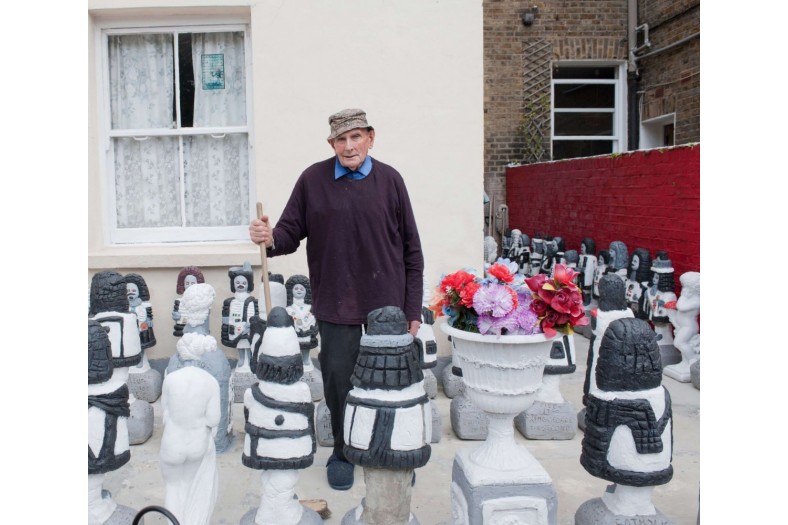
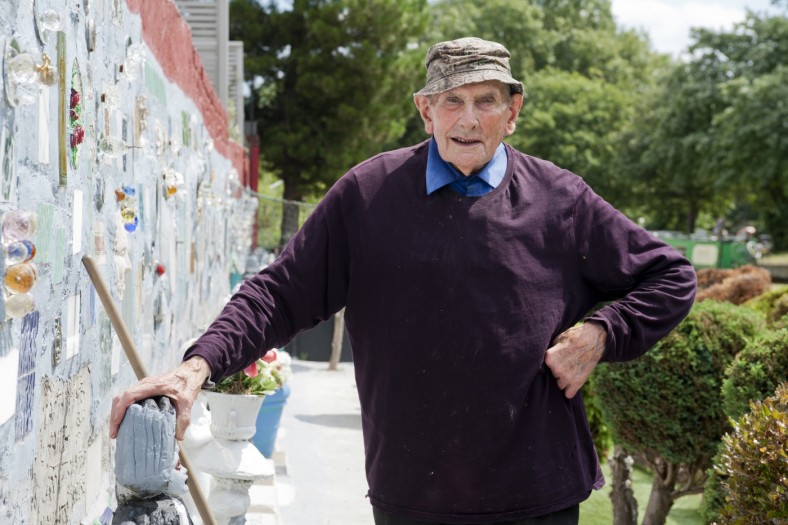
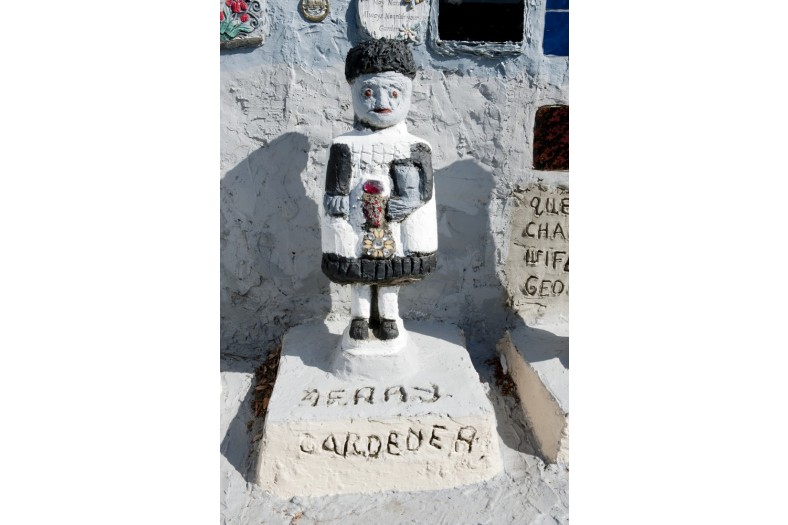
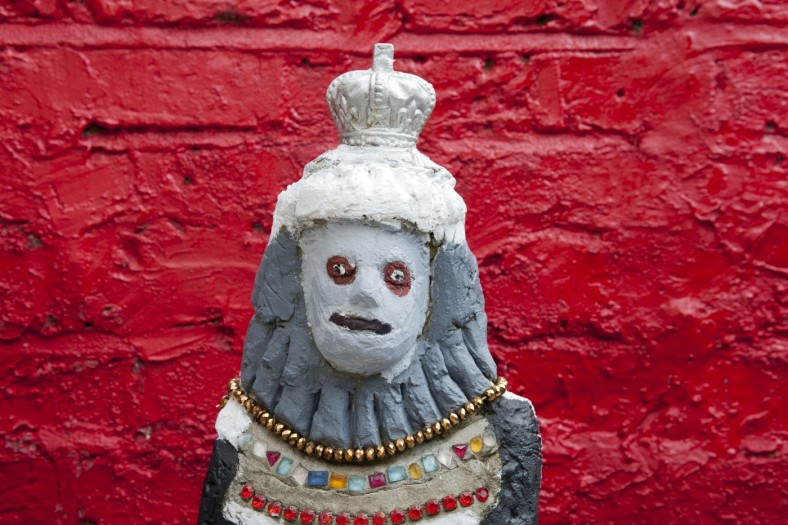
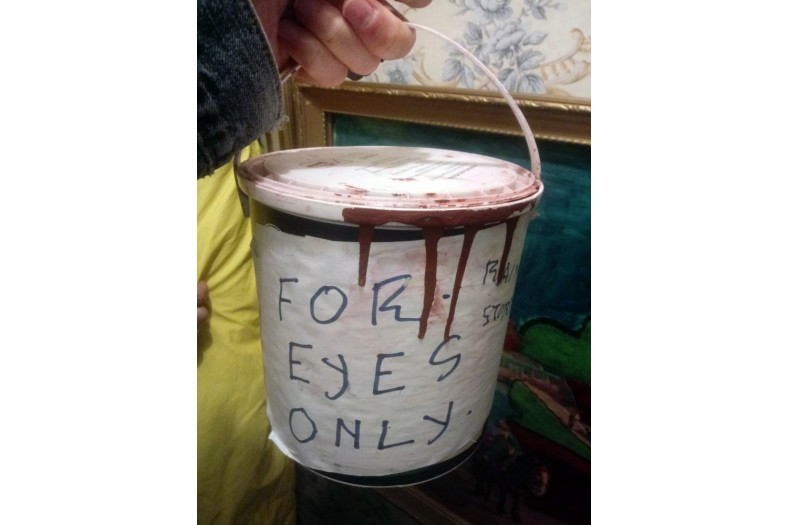
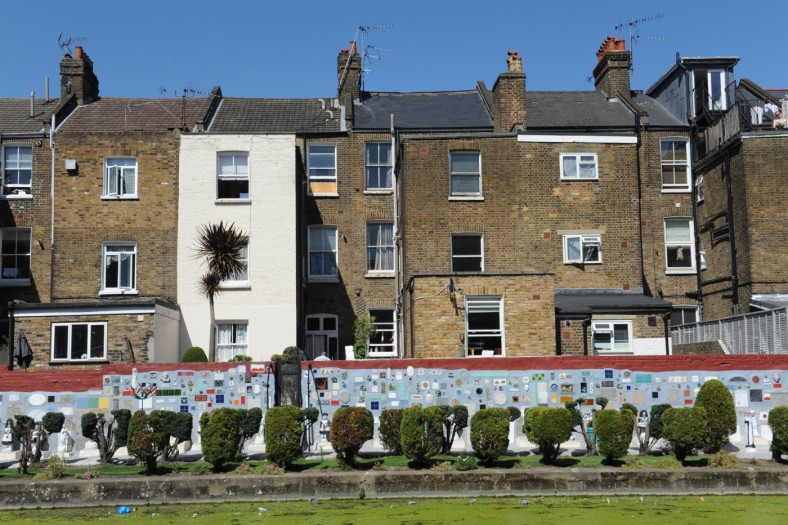
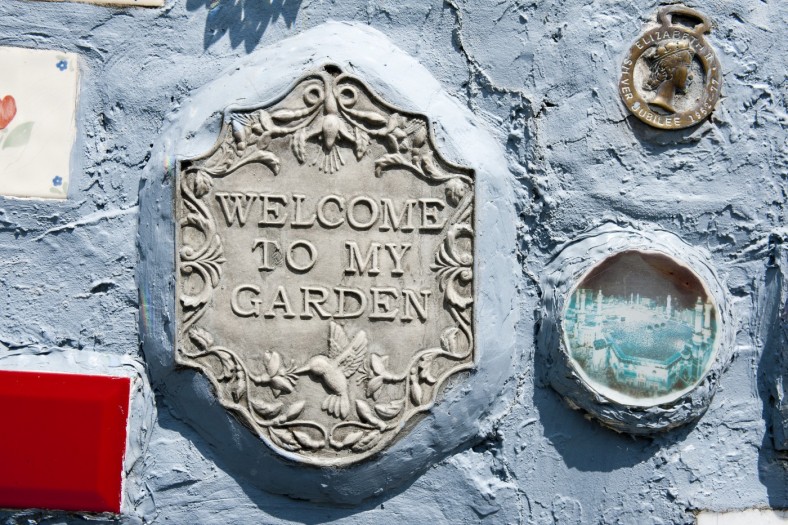
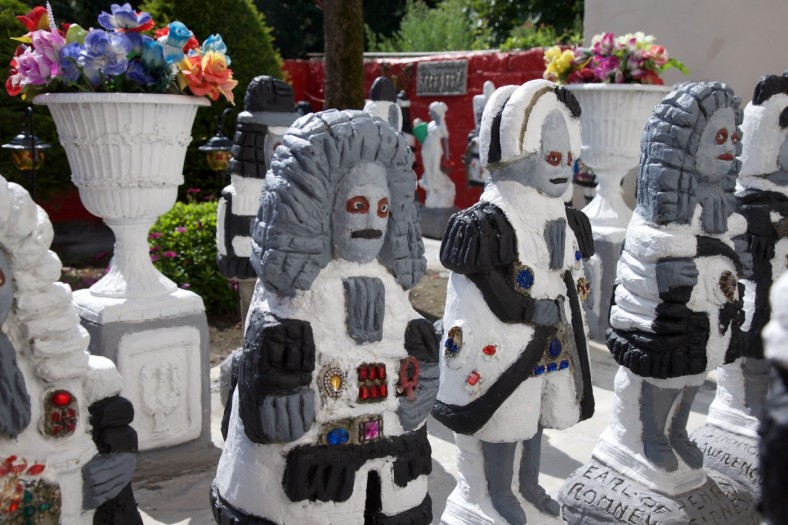
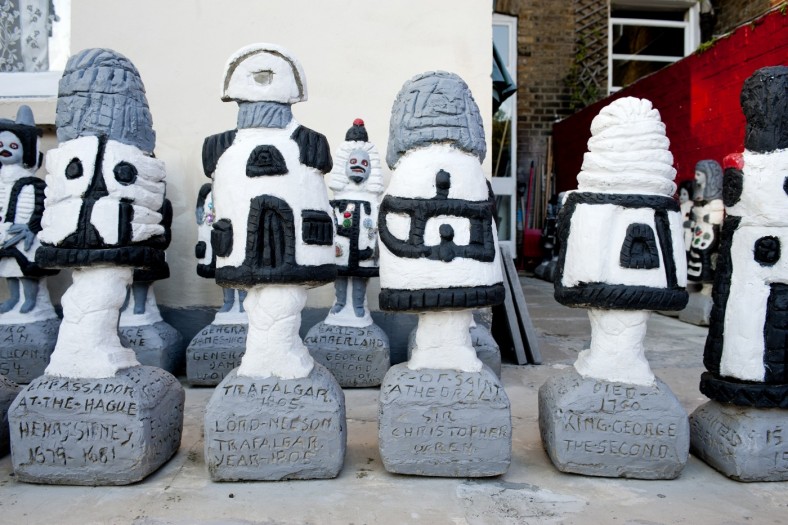
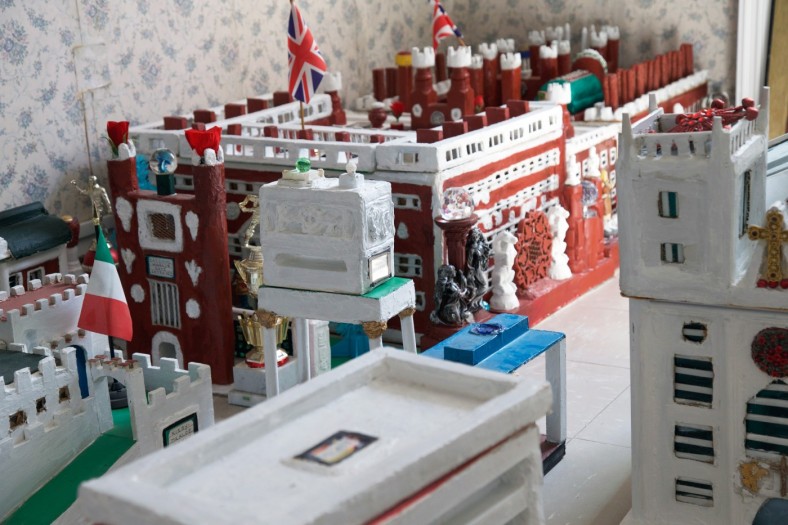
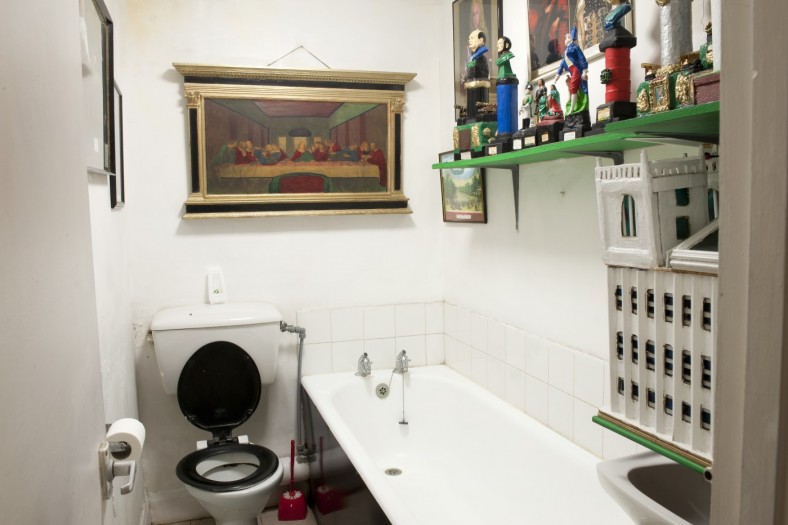
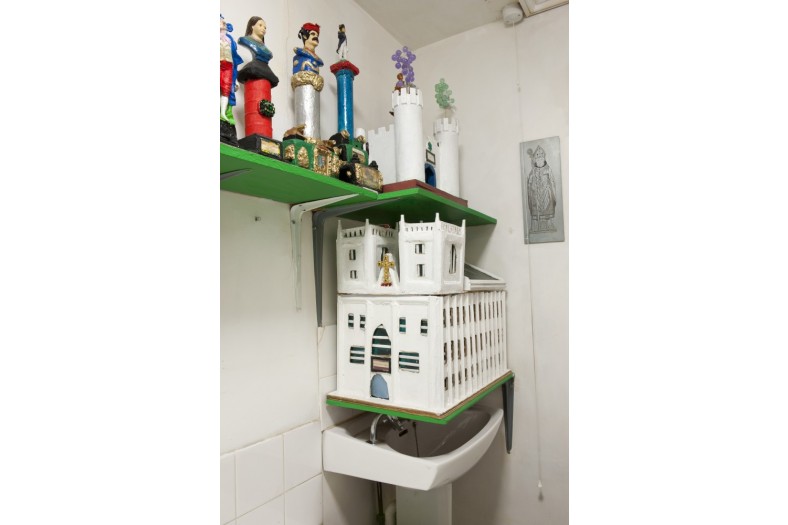
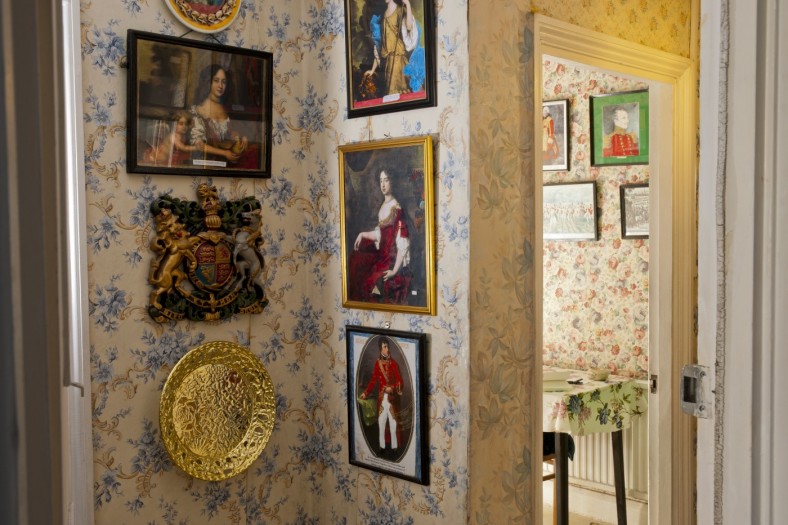
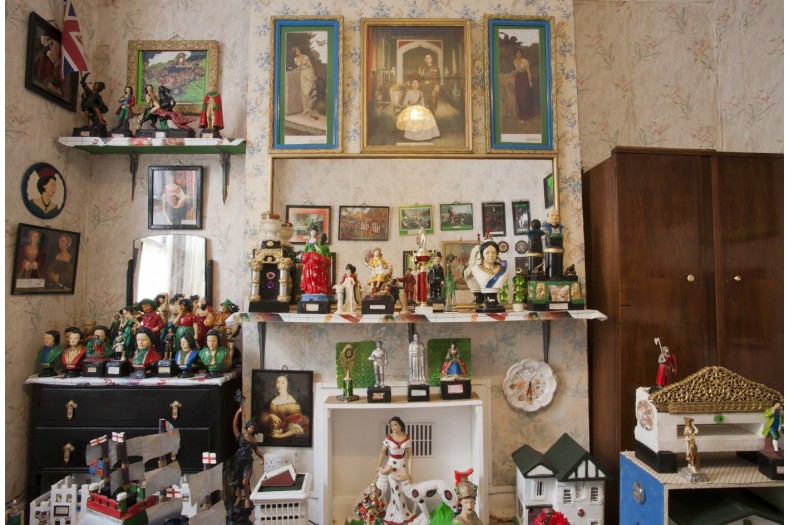
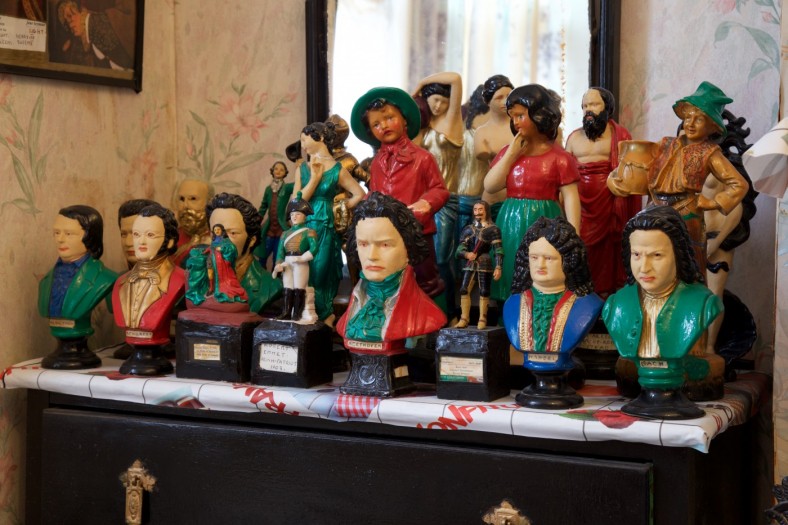
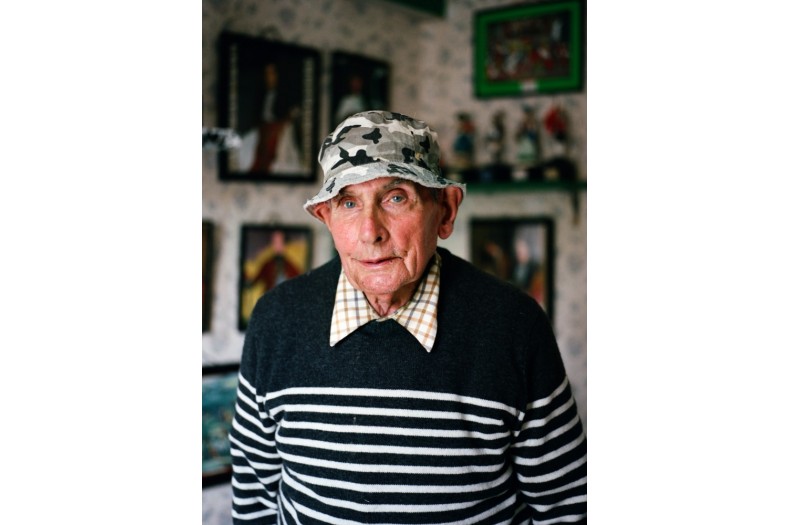
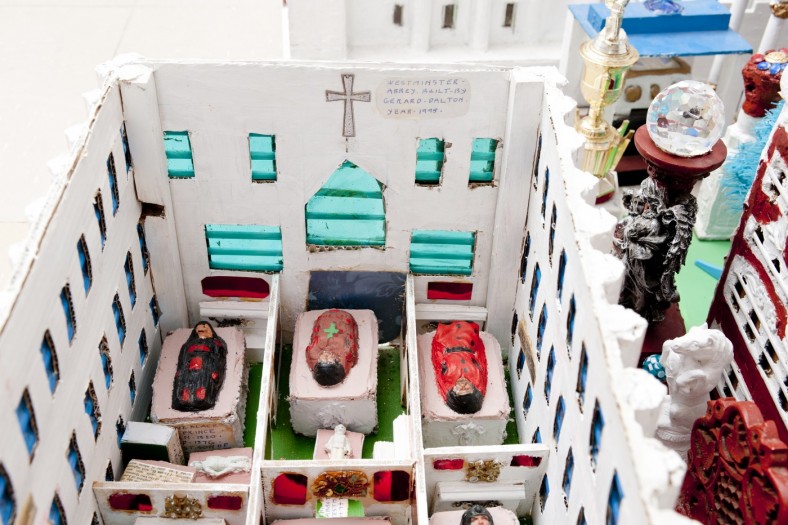
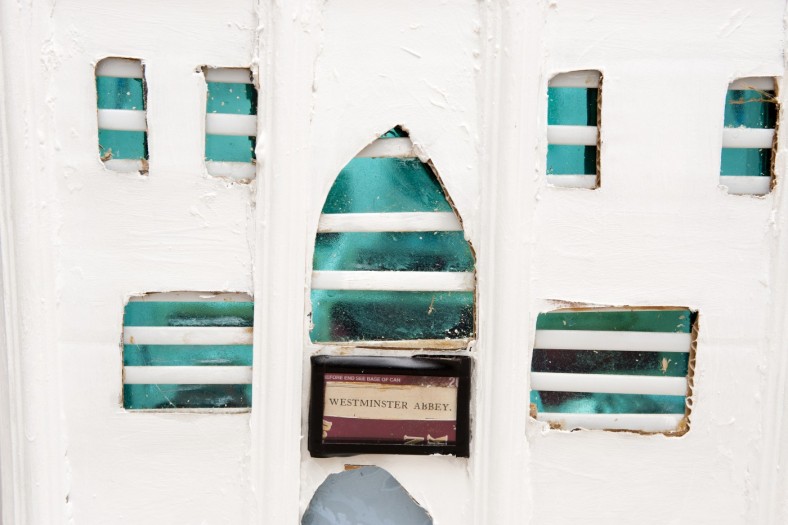
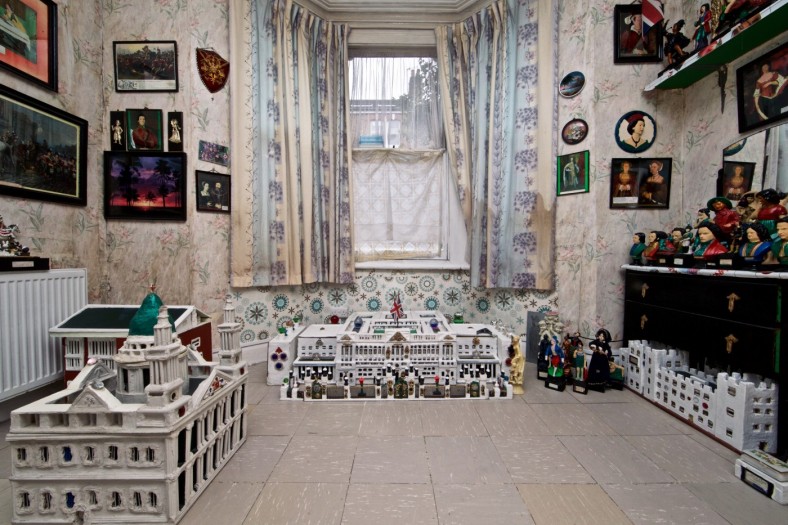
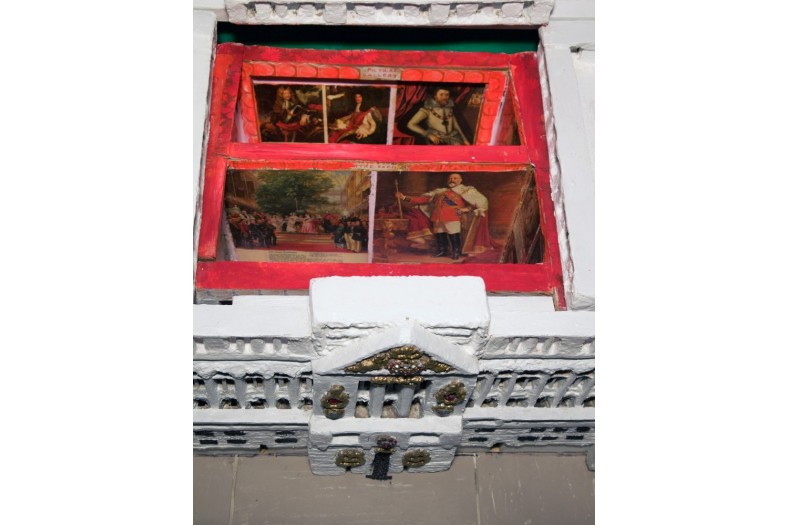
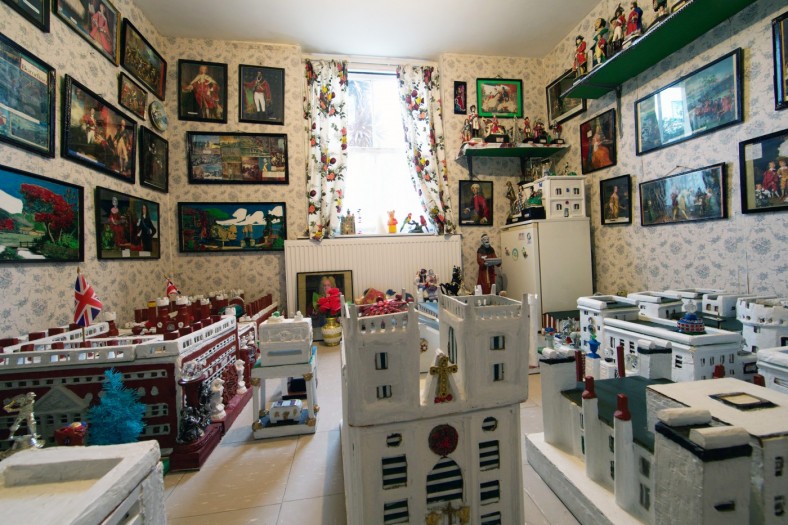
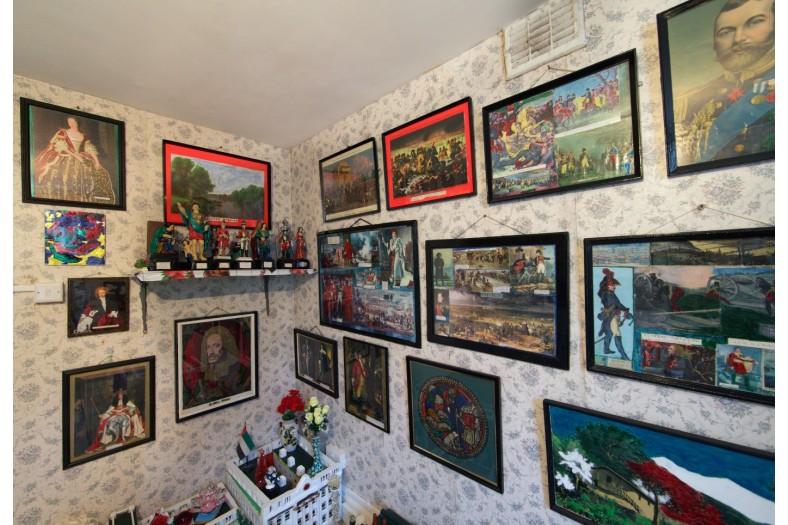
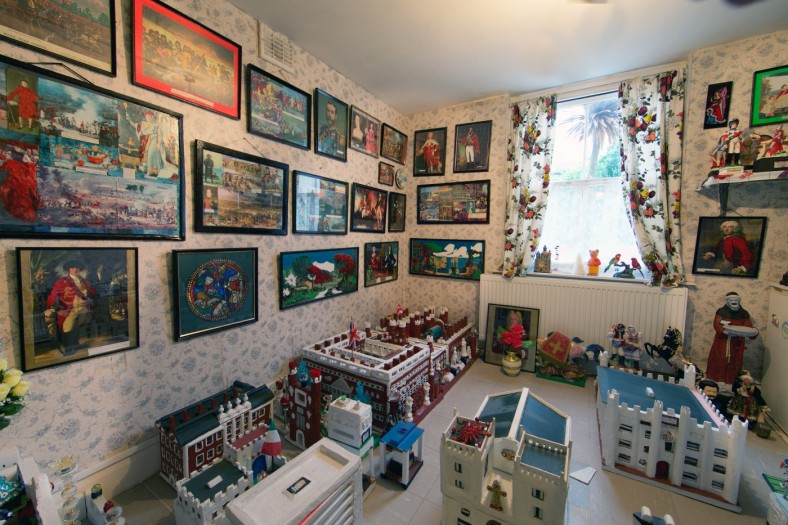
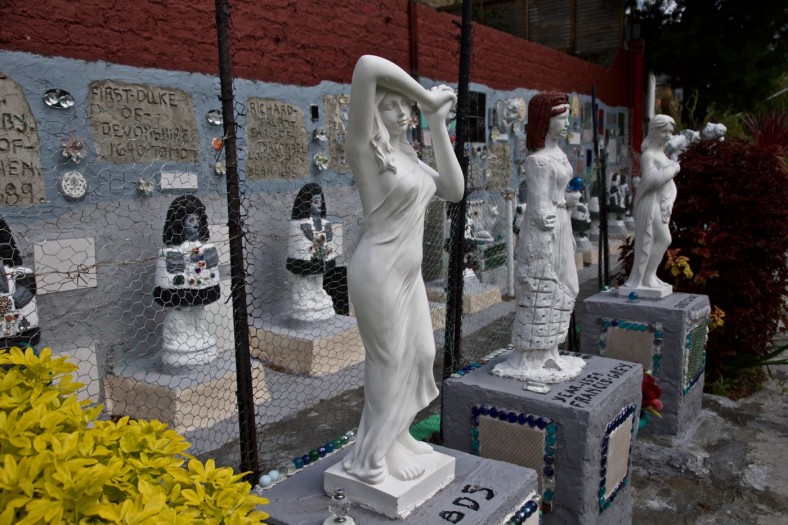
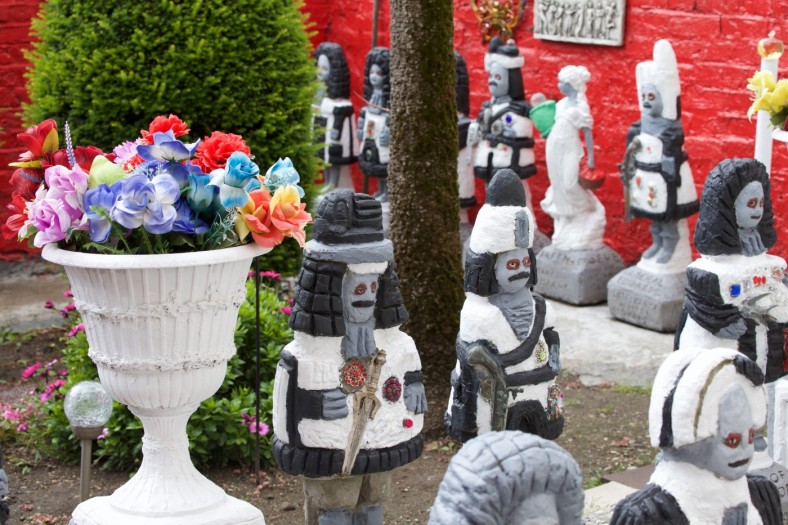
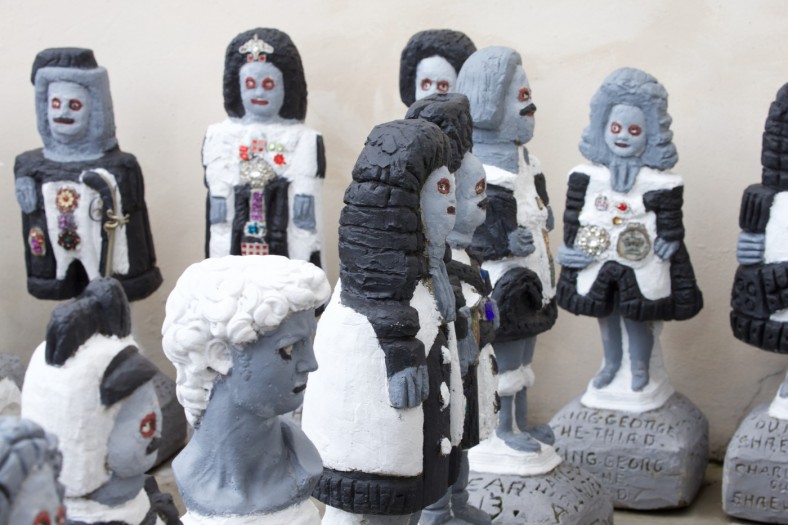
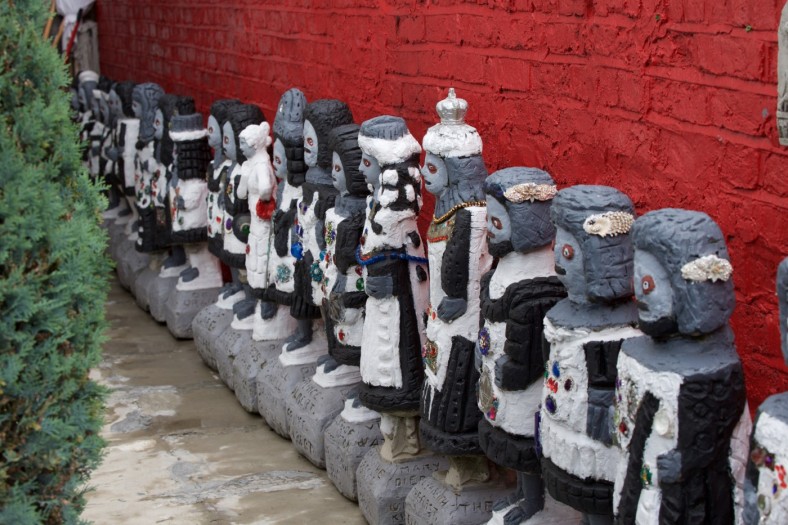
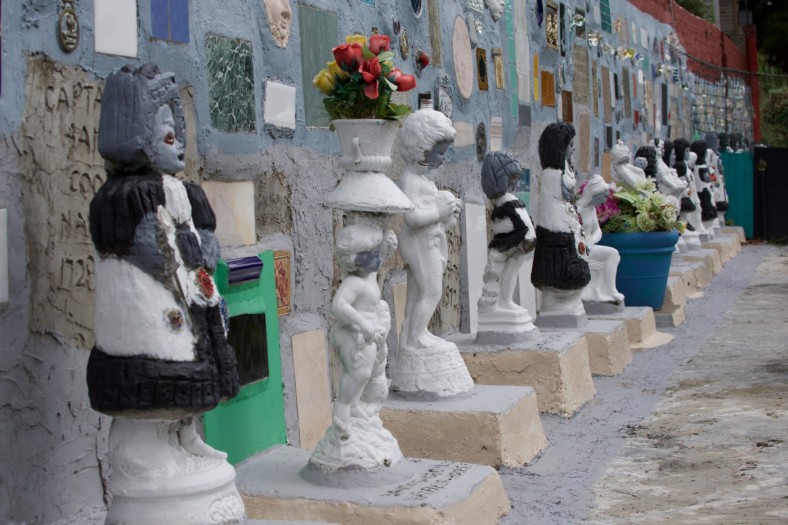
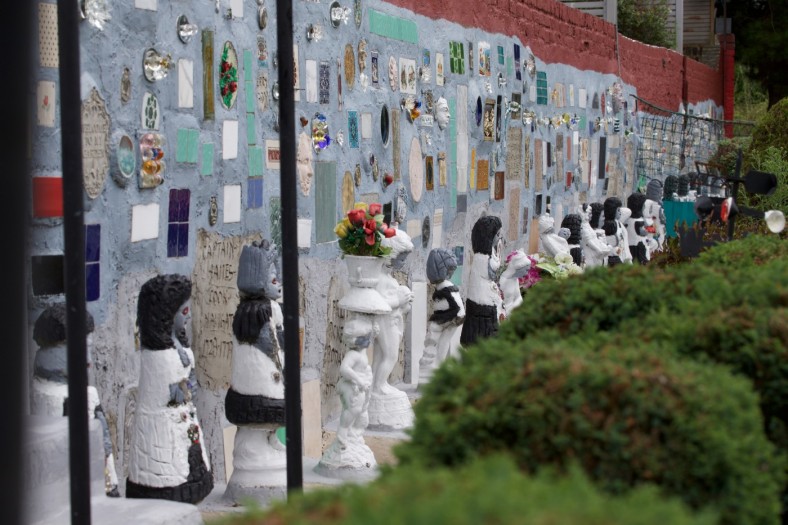
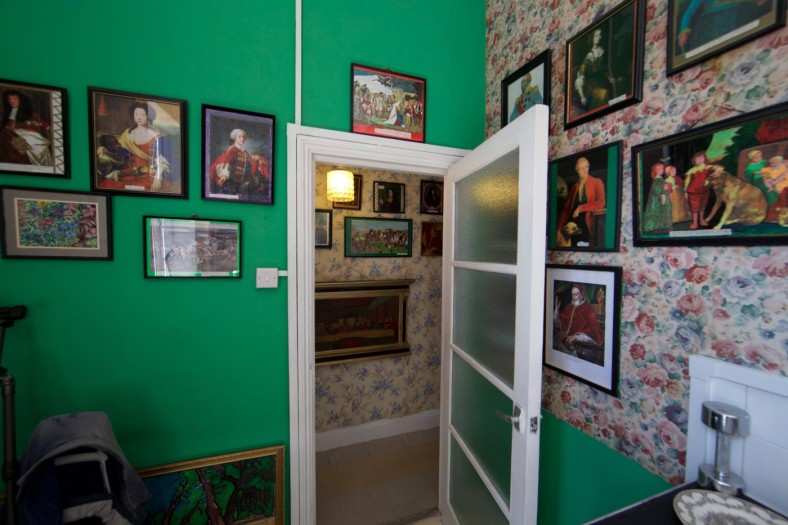
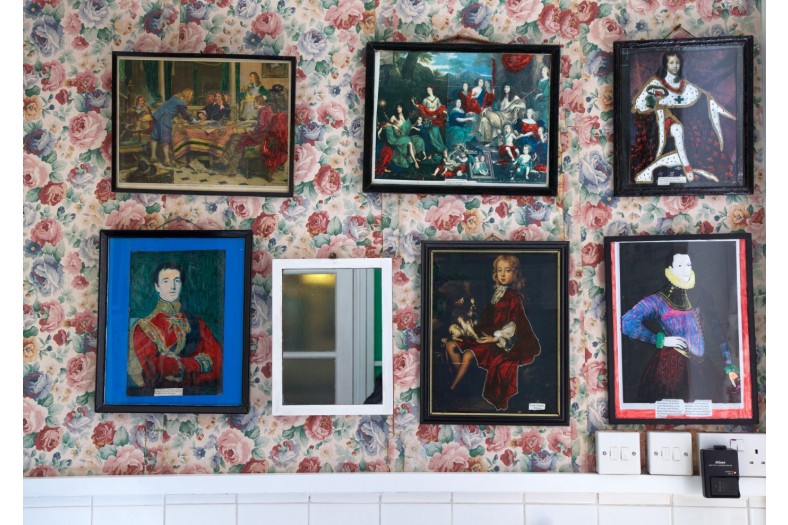
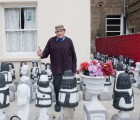
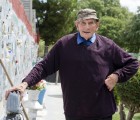
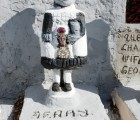
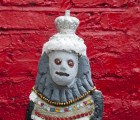
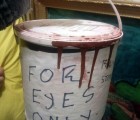
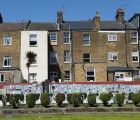
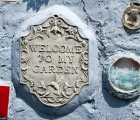
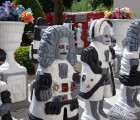
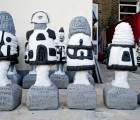
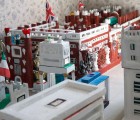
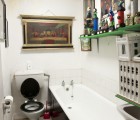
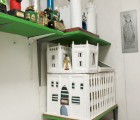
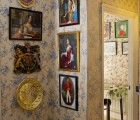
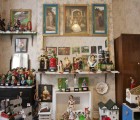
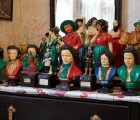

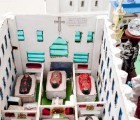
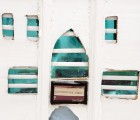
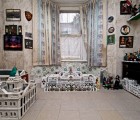
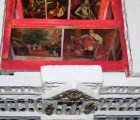
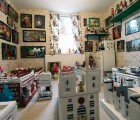
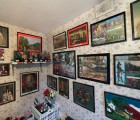
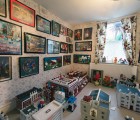
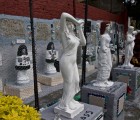
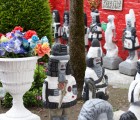
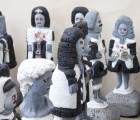
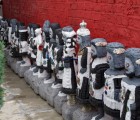
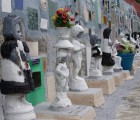
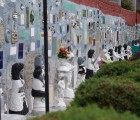
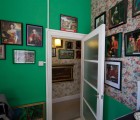
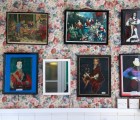
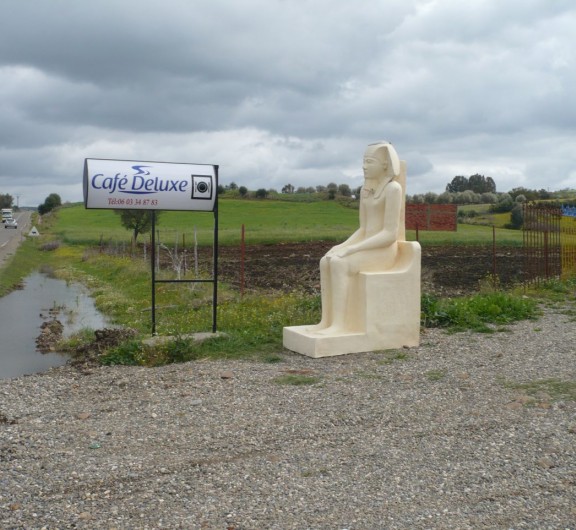
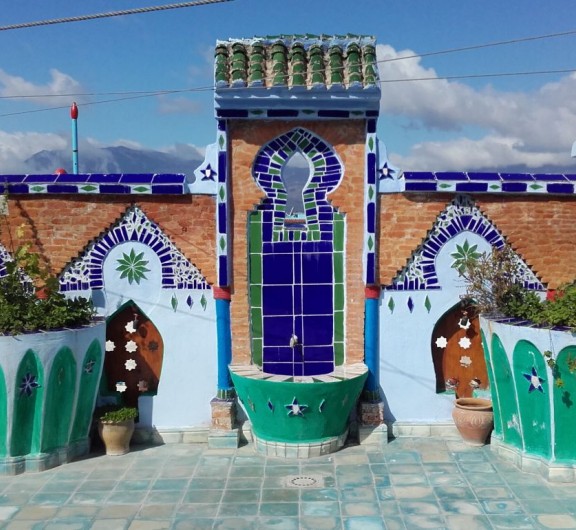
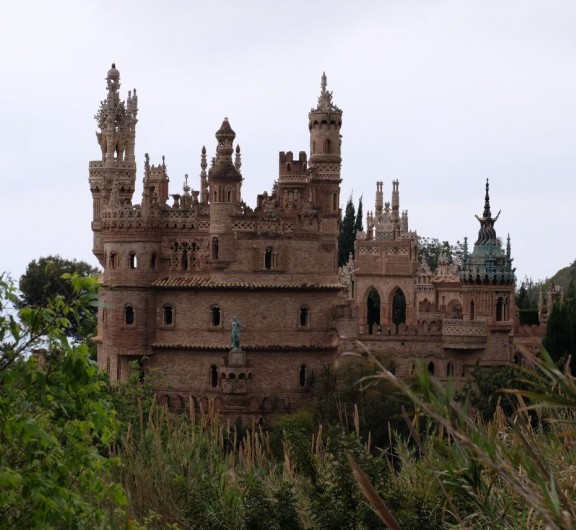

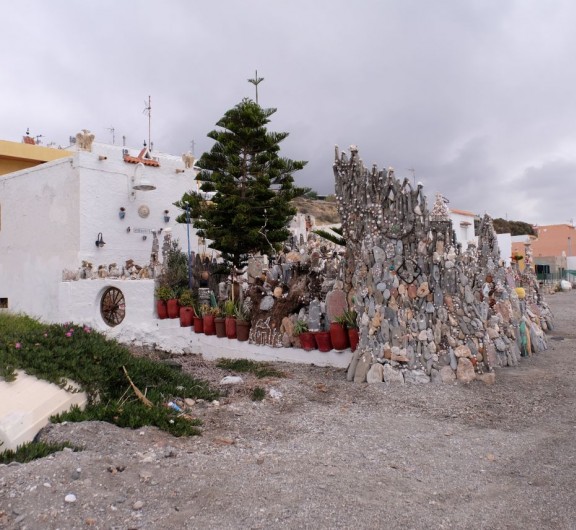
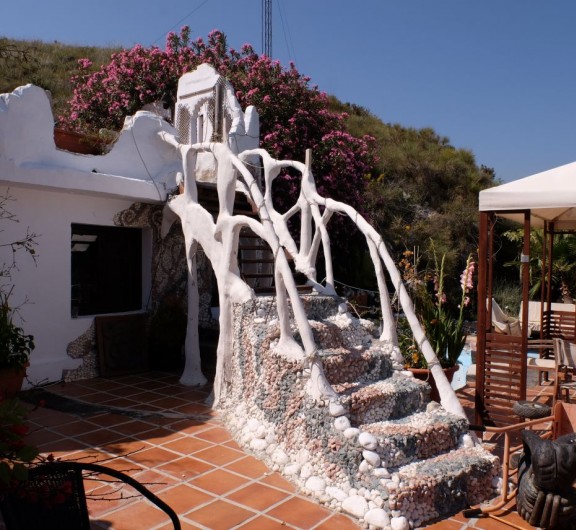

Post your comment
Comments
No one has commented on this page yet.